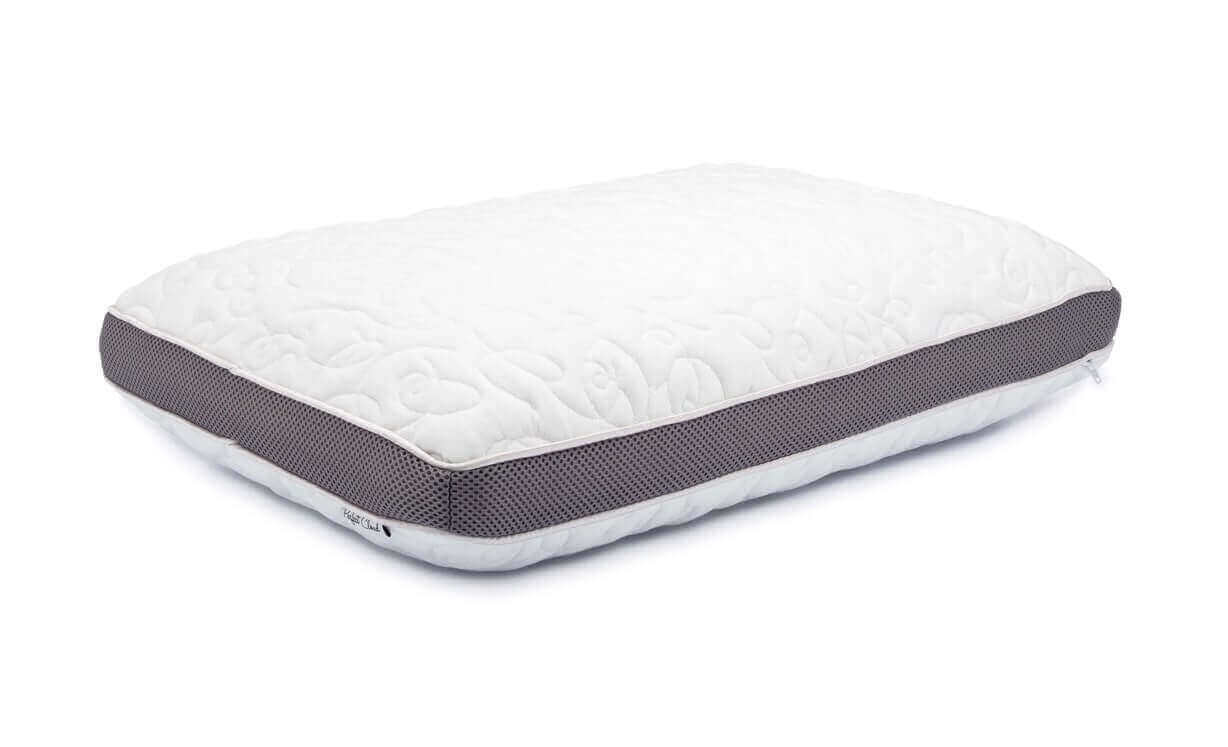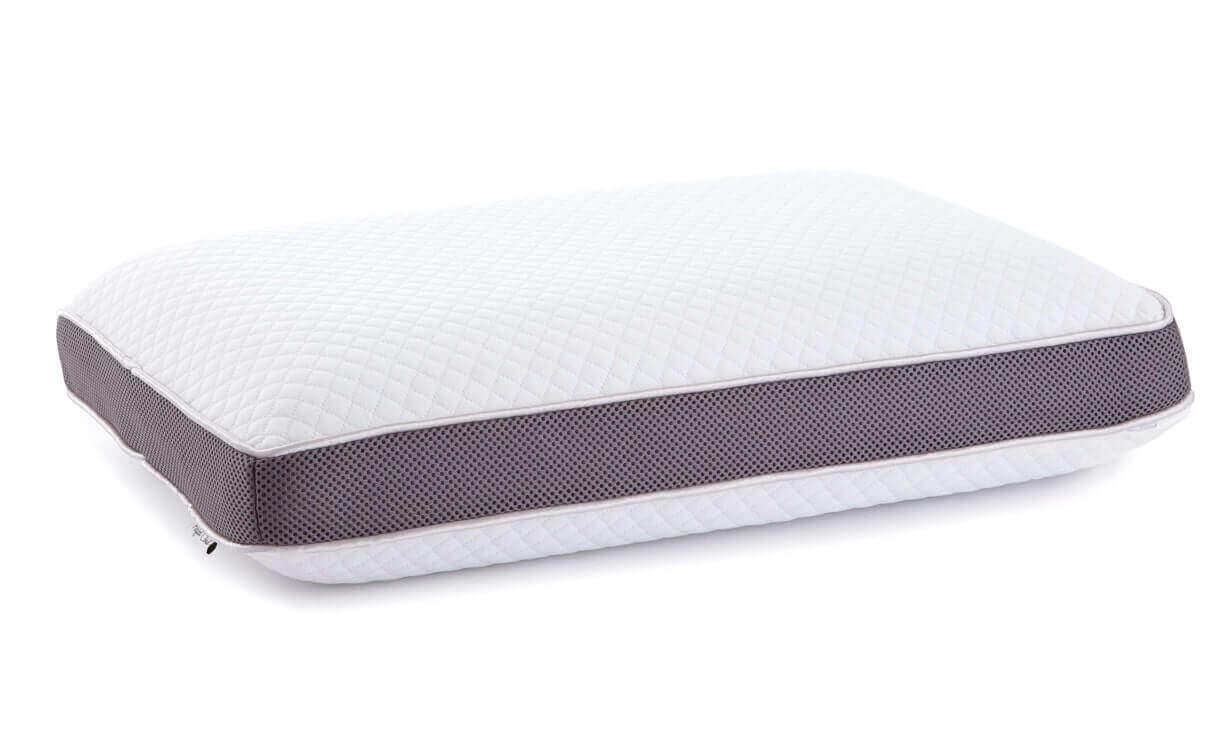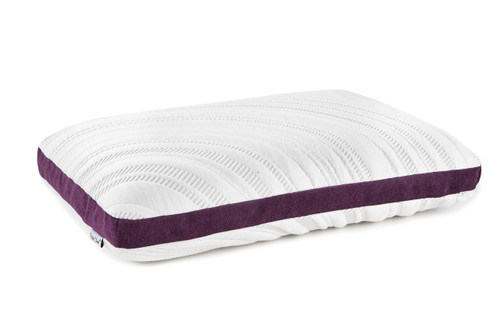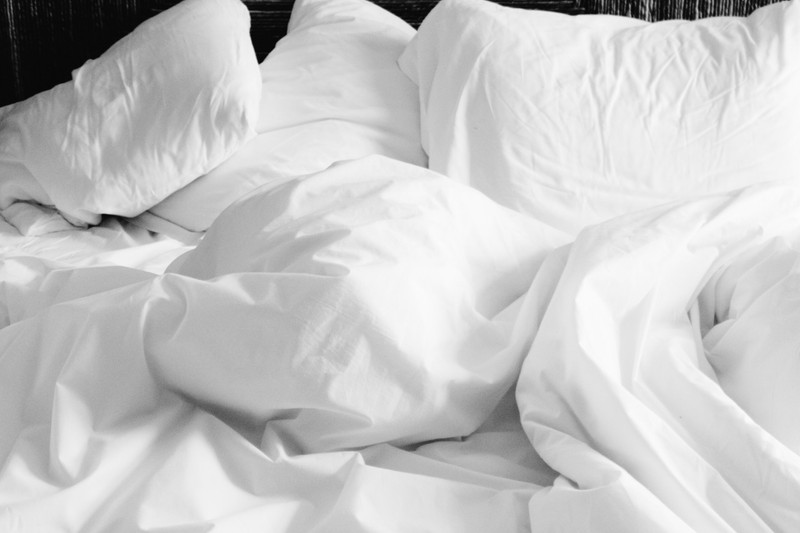Sleep Better By Finding The Perfect Temperature -- Even Without A/C
Posted by Brenton on 14th May 2019
Getting a great night’s sleep is a science, and at the heart of the process is one key factor: temperature. If you’re too hot or too cold, you’re not going to sleep well, and intuitively most of us know this. What you may not realize, though, is that our bodies actually sleep best within a very narrow temperature range – ideally between 60 and 67 degrees Fahrenheit. So should you just set your thermostat and walk away? While that can help, these strategies can also help you hone in on your perfect sleep temperature:
Sleep Science 101
In order to understand why your bedroom’s temperature is so important to your sleep hygiene, it may help to recognize that our body’s temperature is not as constant as we tend to think. Though we typically think that, as long as we’re healthy, our temperature should be right around 98.6 degrees, that’s just a convenient generalization.
In reality, the National Sleep Foundation explains that our bodies heat up slightly during the morning and into the afternoon and then decline when you go to sleep, so that it’s at its lowest a few hours before you wake up. This is part of our natural circadian rhythms and is closely linked to how alert we feel.
Smart Sleep Strategies
Once you understand how important it is for your body to cool down at night, you’re faced with the task of figuring out how to help your body reach that optimal condition. This can be especially challenging during summer months, when it may seem like your only option is to turn up the air conditioner. Luckily, there are plenty of other options – and options that won’t drive up your electric bill.
- Shower Power: One of the simplest ways to help your body make the right temperature transition at bedtime is by taking a bath or shower shortly before settling in for the night. The idea is that, by heating up under warm water about an hour and a half before you go to bed, your body will naturally go through the cooling process that’s so important to feeling sleepy. By the time you’re actually ready for bed, you’ll be dry and cool and feeling drowsy.
- Grab An Ice Pack: There was a time before central heating when people used hot water bottles to warm up their beds in the winter, setting one under the blankets shortly before bed to heat up the linens – but the reverse works as well. Grab an ice pack or two from the freezer or just freeze your hot water bottle and use it to cool off the sheets before you get into bed. You can also fold up your sheets and put them directly into the freezer if you don’t mind remaking the bed before you turn in for the night.
- Pick A Better Pillow:
Do you find yourself flipping over your pillow
several times a night because you want to sleep on the cool side? If so, you’re
not alone. Pillows often heat up during the night, absorbing heat from your head, and that can be
disruptive. Old pillows, as well as those made of down, may also irritate
environmental allergies.
The good news about all these issues is that they’re easily fixable. First, you should be replacing your pillows about once a year, though you can get away with every two years for durable, latex pillows. Otherwise, they tend to get lumpy and collect dirt and allergens. Second, by opting for a temperature-neutral pillow like our Dual Option Cooling-Gel Pillow, you can eliminate the hot pillow problem. Our gel-infused pillow doesn’t absorb heat like other popular pillows and is made with comfortable memory foam for a great night’s sleep. - Move Hot Air Out: During the summer months, most of us use fans to create air movement and cool things off, but did you know that you can use fans to pull hot air out of a space? The easiest way to do this is by installing a window fan backwards. This will cause the blades to pull in the hot interior air and can be especially helpful if you find you have to cook. You can also use the vent fans in your kitchen and bathroom to similar ends.
- Switch Spaces: If you live in a house where your bedroom is on an upper floor, do you have the choice of moving your sleeping space to a lower level? If so, you may find it’s much cooler if you can sleep on the first floor or even in the basement. Heat rises, which means that the upper floors are hotter and harder to cool. However, if you’re stuck with that upper floor bedroom, you’re not totally stuck. What you can do is ensure that you’re adequately cooling the lower floors, since that will keep the upper levels cooler as well.
- Snooze Solo: It may not be convenient or desirable, but if you’re constantly overheating at night, especially in the summer, the problem may be that you sleep with a partner. By sleeping alone on hot nights, you can get a better night’s sleep – and the practice is more common than you may think. Many couples sleep separately all year round, with no harm to their emotional or physical intimacy.
- Target Pulse Points: There are certain parts of our bodies that play a greater role in heating and cooling than others, so if you’re feeling overheated, try targeting those points. Key areas include the pulse points on the inside of your wrists, your neck, and your feet and ankles. When you’re hot, try applying an ice pack to your wrists or ankles. This will help your body quickly redistribute the cool sensation throughout your body as your blood is recirculated.
Sleep Cool and Sleep Soundly
If you’re tired of always feeling overheated at night, Perfect Cloud Mattress products could help you cool off and sleep better. From our Cooling Gel pillows to our temperature-neutral mattress toppers, we’re committed to helping our customers get better quality, more comfortable sleep. It’s time to stop counting degrees on the thermostat and get back to dreaming.











